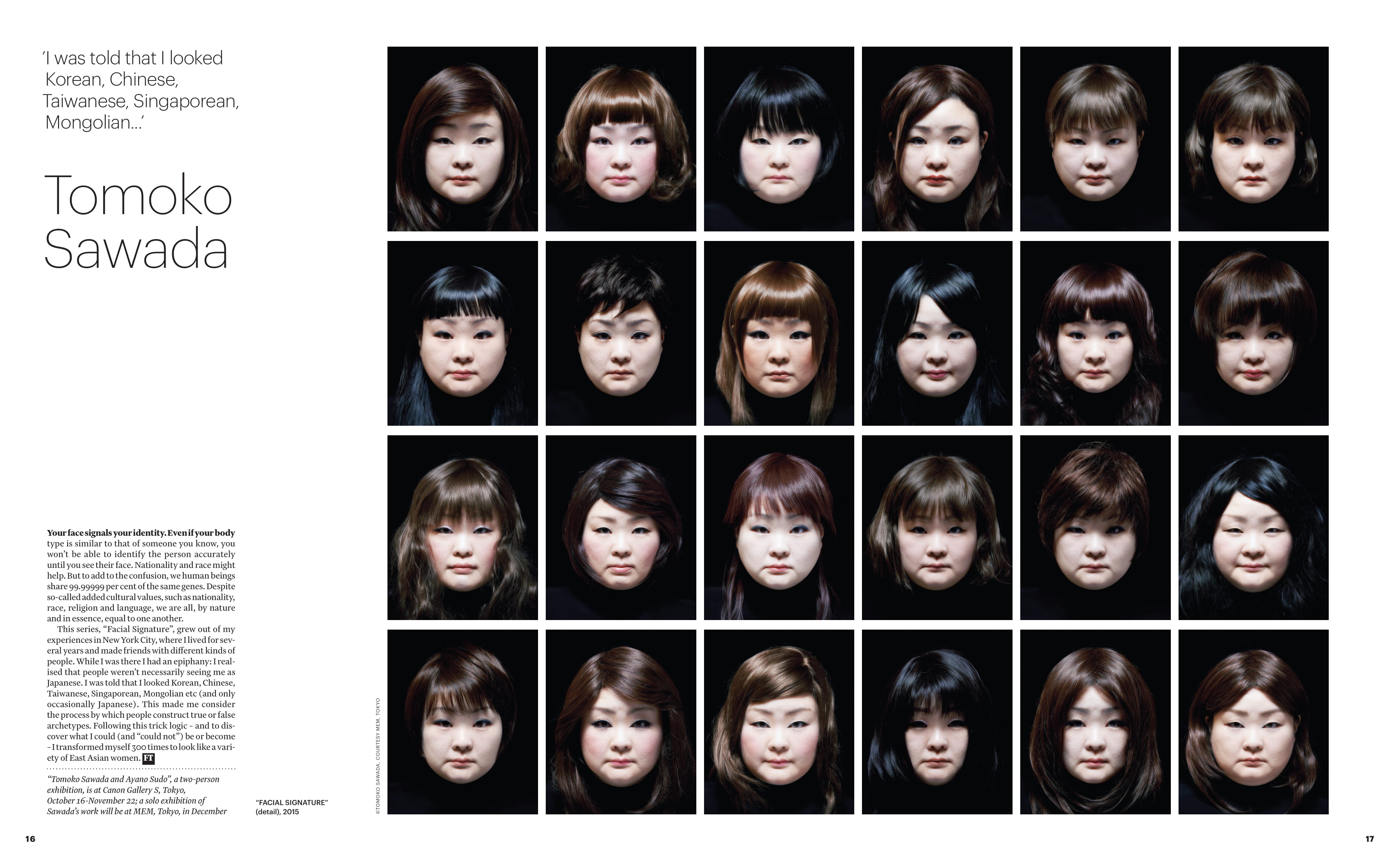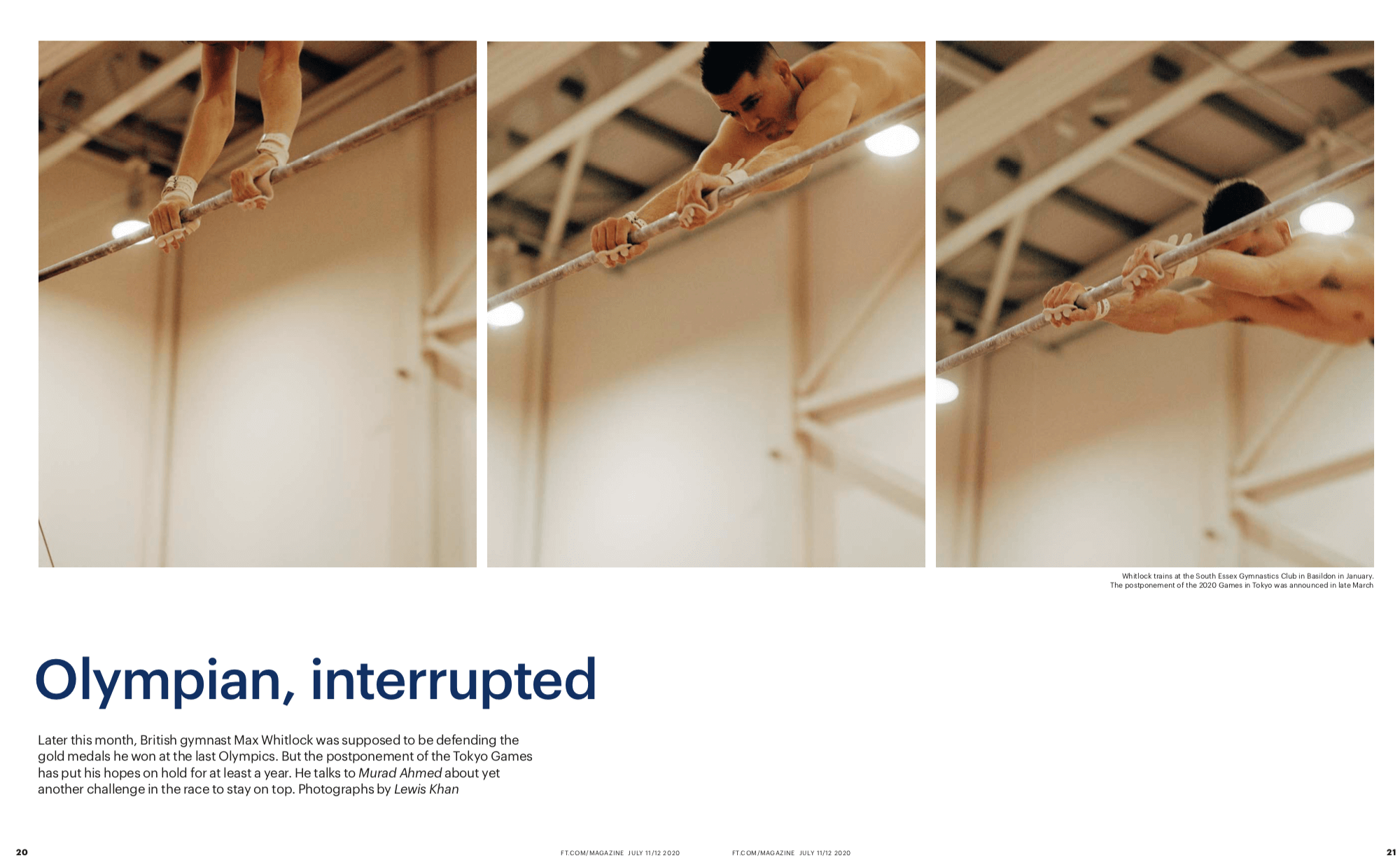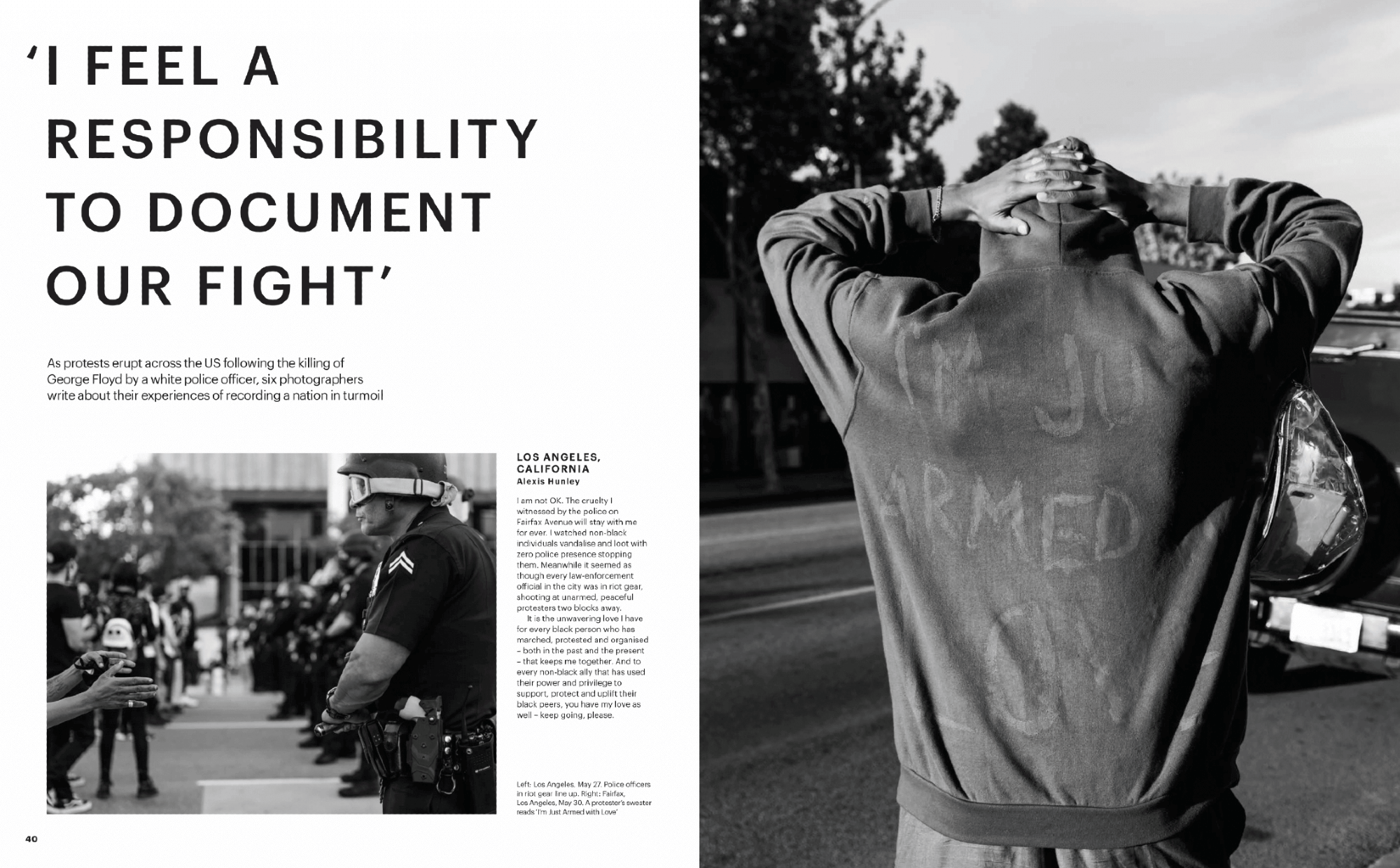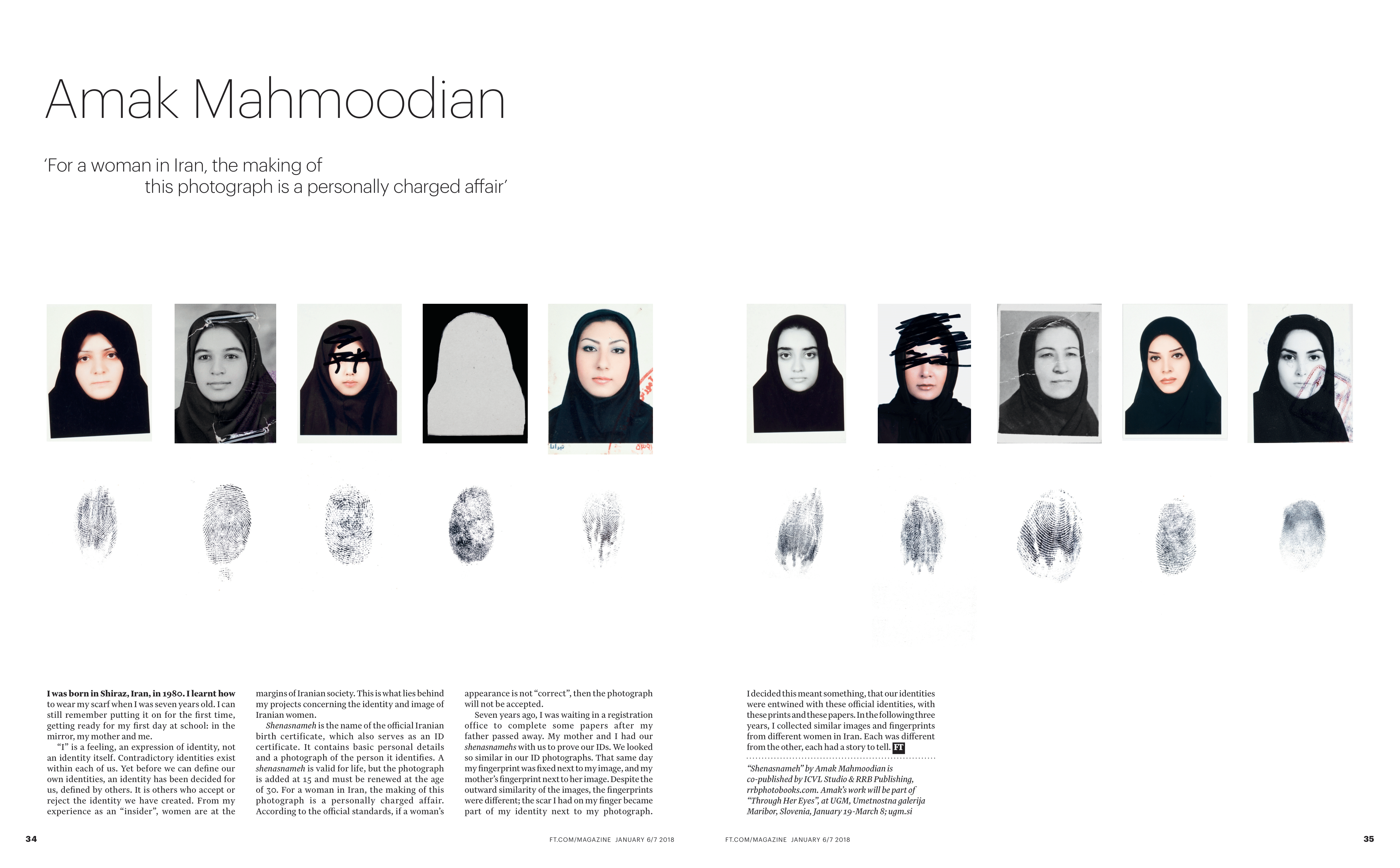Emma Bowkett: “Ask People to Have a Look at Your Work. It Might Be Helpful”
Bird in Flight Prize call for entries is open until 30 August. The concept of the contest is to support photographers who think outside the box of traditional artistic standards and search for new ways to tell a story. The main winner will get €2000.
Another 25 applicants will receive a portfolio review by the jury members: Ari Versluis, Misha Pedan, Agnieszka Olszewska, Shadman Shahid, Arianna Rinaldo, Emma Bowkett, and Colin Pantall. We asked them about the difference between today’s photography and the one 50 years ago, their expectations from the contest, and reading recommendations for photographers. This time, we speak with the director of photography at Financial Times FT Weekend Magazine Emma Bowkett.
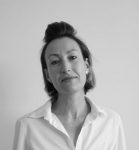
Director of Photography at Financial Times FT Weekend Magazine, curator, a visiting university lecturer at the University of the Arts London (LCC). Regularly participates at international portfolio reviews, festivals, art fairs, and awards, including Unseen, Foam Paul Huf, and the Kraszner-Krausz Foundation Book Award. Has been a Master at both Foam and Fabrica Masterclasses and is part of Magnum Photos Professional Practice, which supports young and emerging photographers. Bird in Flight Prize ‘20 jury member.
What definition of today’s photography would you give?
It’s so broad. Artists are working in incredibly creative ways to tell stories. Traditional categorizations: photojournalism and documentary practice, still life, portraiture, etc. are blurring and evolving. We are moving into a new contemporary space for photography, where different tools are being used to tell stories.
Artists are working in multidisciplinary ways across several platforms. Making books, zines, producing work for an exhibition, an online presentation, sound, film, working in multi-dimensional spaces. Visual language is changing.
To use an example of Salvatore Vitale’s ‘How to Secure a Country’. This is a project that
You are a jury member of many awards and festivals. Do you have anything specific you are looking for as a jury, a particular type of project you are interested in?
Not really. I am naturally drawn to stories, so am engaged by the artists who are making work with narrative. However, my interests are broad. I don’t have any expectations. I feel it’s important to keep an open mind when looking at work for the first time.
The project is about the Swiss military defense. Since 2014, it has been exhibited and published in different forms: from interactive exhibitions to photo books.
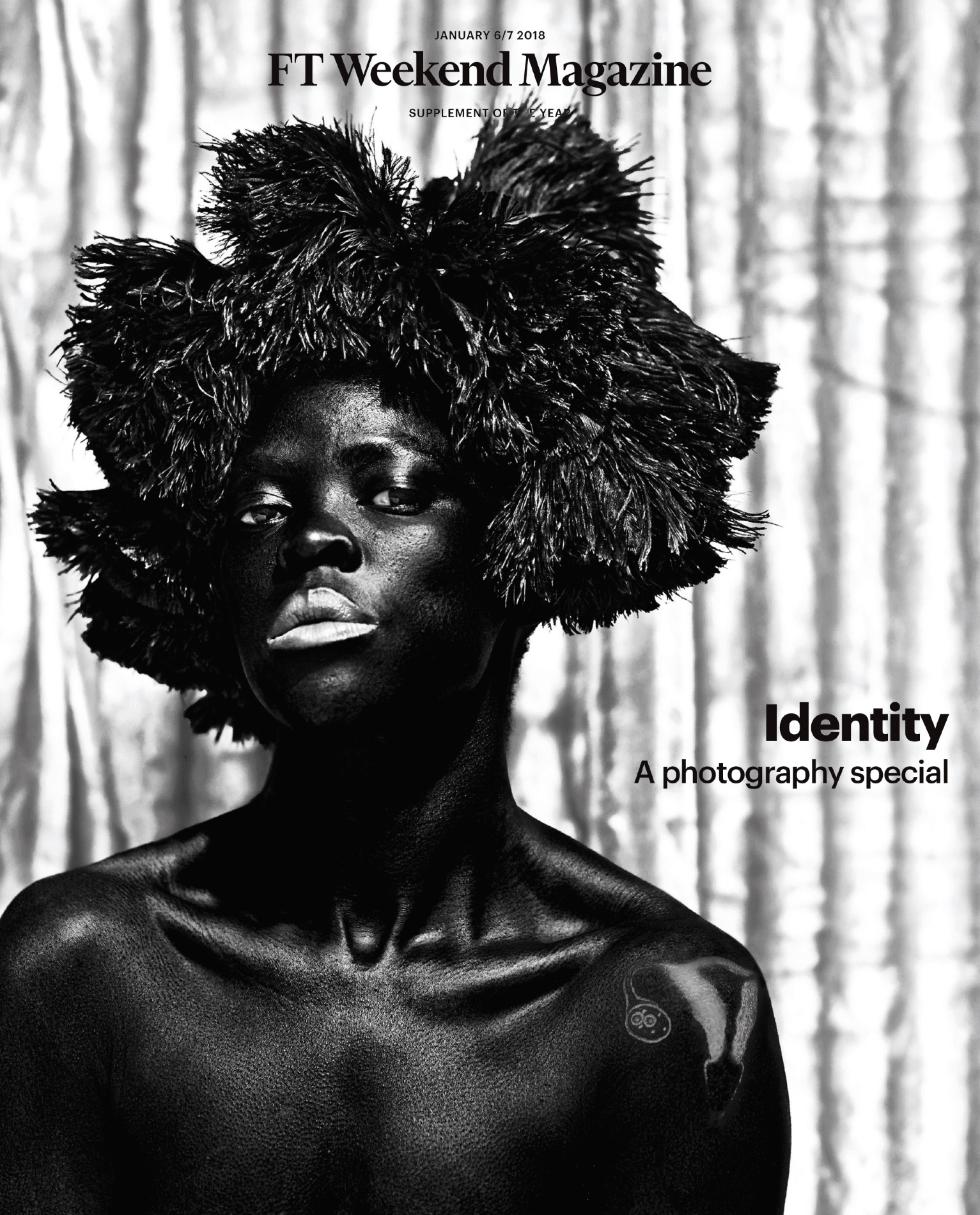
FT Weekend Magazine cover (6/7 Jan 2018 Issue). Photo: Zanele Muholi
At exhibitions, people still often comment on pictures using categories of ‘beautiful’ or ‘not beautiful’. Could you reflect on it?
Perhaps the audience you describe will come with expectations and preconceived ideas about what photography is and what warrants a ‘good’ picture. They might need to feel seduced by beauty.
Photography and art have many complex layers of meaning. It is nuanced, so to think of beauty alone feels too simplistic. Not to mention that seduction doesn’t play a role, it can. Some photographers will use beauty to seduce the viewer – to use this as a method to talk about difficult subject matters.
In my opinion, one has to have a sophisticated understanding of visual language and how it functions when thinking about beauty.
As an editor, you are dealing with sequencing and selecting pictures. Commonly for photographers, it is one of the most difficult parts. Could you advise on that?
I don’t feel it’s something that one can dictate. When I’m editing for a magazine, I’m thinking about many things: a strong picture to start the story, what could be a potential cover, what should come next on a second and third spread, so I’m thinking about the edit within the context of a magazine construction. But photographers will have made their edits before sending pictures to me. An artist is not necessarily thinking about content and dissemination. Their selection will be intuitive because they know a story better than anyone.
I find it helpful sometimes to print out and move around physical prints; also to do the first edit and come back to it, take some time and distance. When you’re so close to the work, it’s hard to be objective, so having other people’s eyes on it might be helpful.
But ultimately, you are the author, you know what elements are important for a story. I like to work collaboratively when I’m editing an artist’s work. I will go back and ask if I have missed something essential.
Authors know their stories better than anyone.
Reading list from Emma Bowkett:
— The Coast, Sohrab Hura
— Some Of You Killed Luisa, Valeria Cherchi
— On abortion, Laia Abril
— One Wall a Web, Stanley Wolukau-Wanambwa
— Tim Clark’s 1000wordsmag.com
— Teju Cole in The New Yorker and his other texts
— The Complete Essays 1973–1991, Luigi Ghirri
Portrait of Emma Bowkett: Alicia Hart
New and best
